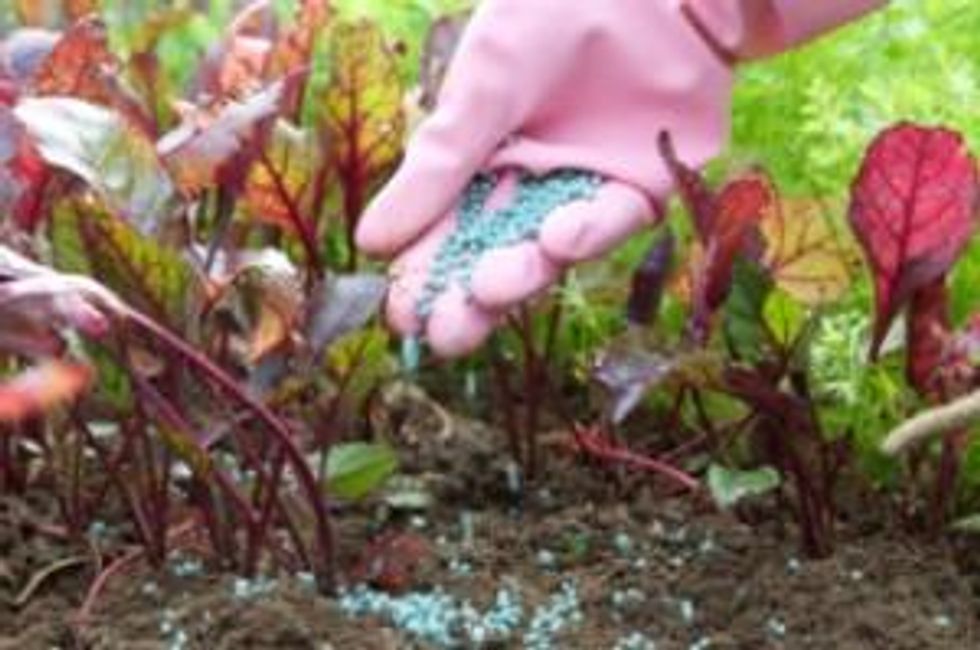As the monsoons move into India, phosphate demand is pushing higher despite significant hurdles for the country’s food production.
Breaking from a sluggish first quarter, Indian phosphate demand has begun to gather steam as the country heads into its kharif (rainy) season planting. Despite having some of the highest diammonium phosphate (DAP) fertilizer prices in years, Indians are striving to increase crop output across the country.
During the first quarter of the year, phosphate growth was concentrated in Russia, Europe, the United States, and Brazil, while the Indian market lagged behind. But Indian demand is now recovering; Russian fertilizer group PhosAgro (FWB:P6SG), the world’s second-largest phosphate producer, announced that the subcontinent signed a 1 million tonne contract at the beginning of June as well as another contract for 2 million tonnes in recent weeks.
Agrimoney.com has also reported talk of India buying significant volumes from China and Saudi Arabia’s Ma’aden, though it did not give details on the pricing of the contracts.
PhosAgro said that recent DAP contracts were settled at US$580/tonne at the beginning of June and remain around the same level today. DAP prices have recovered by more than 17 percent from their lowest level of US$495/tonne (FOB Tampa) at the end of March 2012.
Net profit at PhosAgro, which is second only in marketshare to Minnesota-based Mosaic (NYSE:MOS), rose to US$266 million in the January to March period on strong European and Russian sales. Similarly strong sales are expected to continue as South Asian demand rolls out.
Record planting acreage and historically high prices for key grains should continue to drive demand for fertilizers, so the Russian company does not expect any serious slowdowns this year, a company statement said.
The updated sales details give a broader picture of India’s demand and provide a view of the phosphate market that is brighter than initial North American figures of 500,000 to 700,000 tonnes suggested.
But troubles remain in India’s fertilizer market. The rupee’s appreciation has made purchasing imported DAP fertilizer increasingly costly, a price hike that has been transferred to food prices.
A recent Reuters article illustrates some of the inefficiencies in the heavily-subsidized India grain market. Although wheat stocks are now at an all-time high of around 50 million tonnes, millions of tonnes of stocks are rotting before they go to market, as food storage capacity has not been updated for 25 years.
Without more efficient storage systems, increasing food production and phosphate application may only end up producing more wasted grains. Improvements to Indian food system infrastructure will be necessary in the coming years.
Phosphate demand on the rise
Despite these inefficiencies, South Asian fertilizer demand is expected to make up some 60 percent of the net increase in global fertilizer demand in the next five years. A recent report by the Paris-based International Fertilizer Association projects that global fertilizer demand will hit 181 million tonnes in 2012-13, an increase of 2.5 percent, after growing 2.8 percent in 2011-12.
Average annual growth in phosphates is expected to be 2.1 percent until 2016, which means that an additional 3.7 million tonnes of P2O5 will be consumed by 2016. Phosphate growth over this period will increase at a slower rate than potash demand growth (3.7 percent annually) due to a faster recovery in phosphate demand following the 2008 global crash.
“In the next five years, reduced inventories and strong crop prices are expected to persist in the agricultural commodity markets because of the need to supply the fast-rising food, feed, fibre and bioenergy markets,” said Patrick Heffer, director of the IFA’s Agriculture Service.
Oilseeds and corn are expected to be the driving forces behind fertilizer growth, but high crop-price volatility could result in significant year-on-year variations.
Shares of PotashCorp (TSX:POT) and Agrium (TSX:AGU) both jumped after news that US corn crops were ravaged by recent heat waves attracted the interest of investors hoping to cash in on the second round of North American planting. Phosphate producers could be in for a similar boost if US weather remains uncooperative.
Securities Disclosure: I, James Wellstead, hold no direct investment interest in any company or commodity mentioned in this article.
